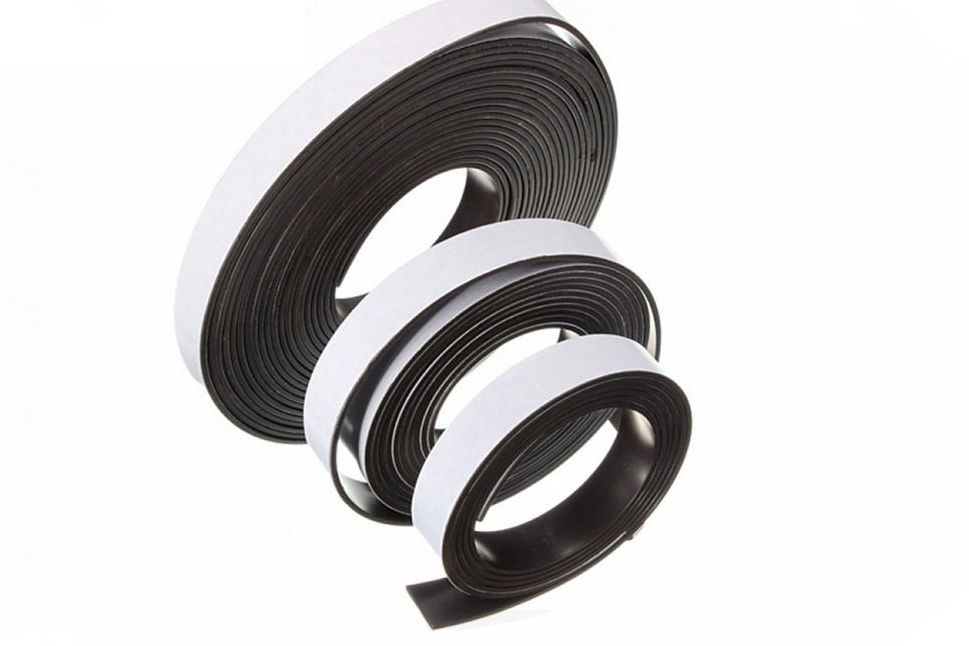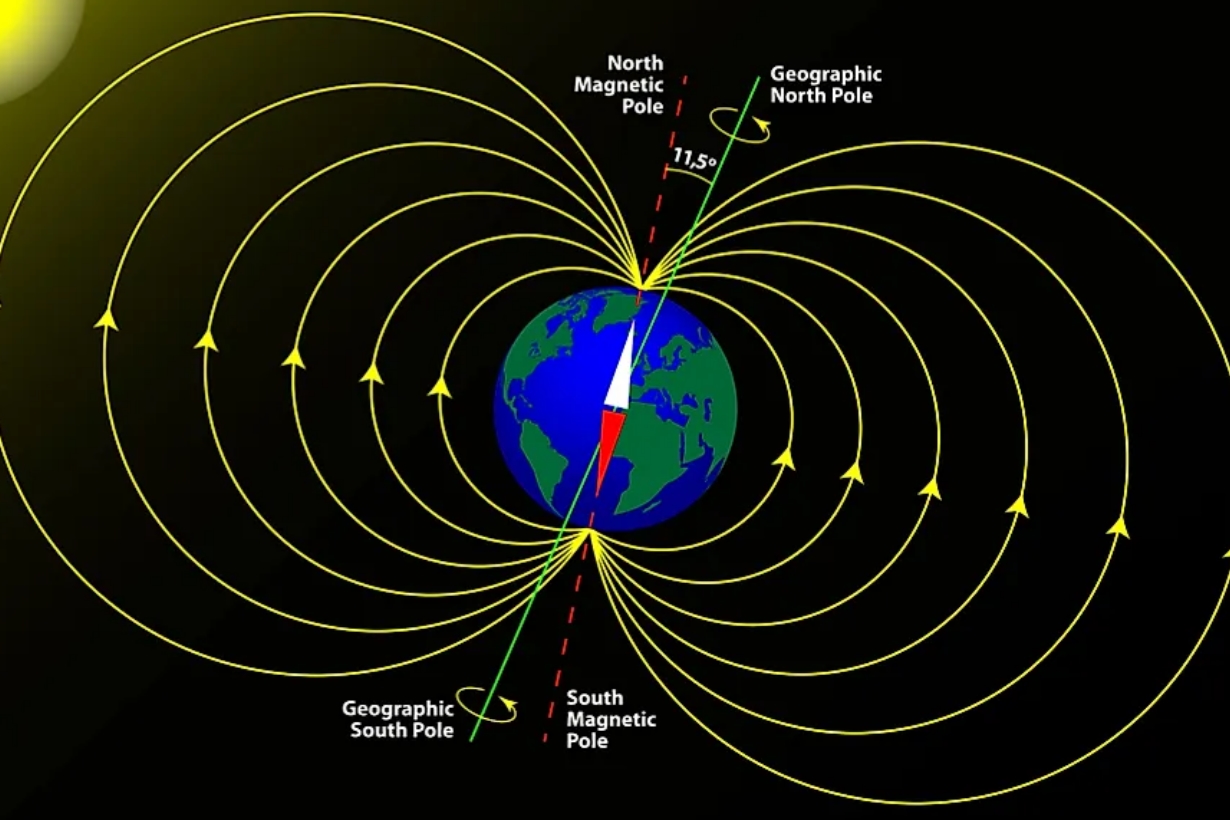Something You Should Know About Cup Magnets
Introduction
Cup magnets are among the most important components in life. They are required in industries, schools, homes, and many commercial establishments. The neodymium cup magnet is particularly essential in modern times. It has several uses in modern technological devices. Consisting of iron, boron, and neodymium (a rare-earth element), this item is applied in scenarios demanding extra strength and permanence.

Cup Magnets
Amazingly it comes in smaller sizes yet it offers maximum magnetic forces and energy. It retains its strength despite exposure to high temperatures. When coated, neodymium or NdFeB magnets do not corrode. They can be molded into a beautiful cup or pot shape.
What Are Neodymium Cup Magnets
Neodymium cup magnets are a type of rare-earth magnet encased in a steel cup, which enhances their strength and durability. These magnets are widely used in industrial, commercial, and household applications due to their exceptional holding power and compact size.
A neodymium cup magnet consists of a strong neodymium magnet embedded in a steel casing. This design focuses the magnetic field on one side, significantly increasing its strength. The steel cup also protects the magnet from damage and helps reduce demagnetization over time.
Neodymium Cup, Pot & Hook Magnets
Our neodymium magnetic bases—also known as cup, pot, and hook magnets—combine the strength of rare earth magnets with durable steel casings for concentrated holding power. Designed for versatile mounting, these magnets are essential tools for industrial, workshop, retail, and home use.
-
Cup Magnets: Flat base for flush mounting
-
Pot Magnets: Recessed design for secure housing
-
Hook Magnets: Ideal for hanging cables, lights, tools, signage
| Feature | Details |
|---|---|
| Sizes | Ø10 mm to Ø75 mm |
| Pull Force | Up to 150 kg |
| Mounting Options | Threaded hole, screw hole, or hook |
| Magnet Grade | N35–N52 |
| Temperature Resistance | Up to 80°C (higher available on request) |
For more magnetic materials, please check Stanford Magnets.
Key Features of Neodymium Cup Magnets
- Extreme Magnetic Strength – Neodymium is the strongest type of permanent magnet, providing superior holding force.
- Protective Steel Cup – Enhances durability and prevents chipping or cracking.
- Multi-Purpose Design – Ideal for holding, mounting, lifting, and securing objects.
- Compact Size with High Performance – Small but powerful, making them useful for tight spaces.
- Corrosion Resistance – Often coated with nickel or epoxy to prevent rusting.
Further reading: Ten Types of Pot Magnets
Common Applications of Neodymium Cup Magnets
1. Industrial & Manufacturing
- Used in automated systems for holding or positioning metal parts.
- Essential in metal sorting machines and magnetic separators.
2. Home & Office Uses
- Strong magnetic hooks for hanging tools, keys, or cables.
- Used in magnetic closures for cabinets and furniture.
3. Automotive & Engineering
- Helps in sensor mounting and component positioning.
- Utilized in magnetic clamps for welding applications.
4. Retail & Display
- Secures signs, banners, and display panels without drilling holes.
- Used in magnetic shelving and racks for easy rearrangement.
How to Choose the Right Neodymium Cup Magnet
When selecting a neodymium cup magnet, consider the following factors:
Pull Force – Determines the strength needed for your application.
Size & Shape – Different diameters and heights for various uses.
Mounting Options – Threaded holes, countersunk designs, or adhesive backing.
Coating Type – Nickel-plated for general use or rubber-coated for delicate surfaces.
Attributes of Neodymium
There is a reason why scientists fear a world without this rare-earth material. Though it is heavily mined in China, it is rare in the US where genius scientists can be found. It has a few attributes that make it mandatory in the manufacture of magnets:
• For heat applications, neo material requires low temperatures to work.
• It would require very high levels of heat (the Curie temperature) to lose its magnetism. It is therefore known to highly resist demagnetization.
• Without a coating, a neodymium magnet would corrode easily and rust can interfere with its long-term ability to offer optimum energy output.
• It is cost-effective.
• For its small size, NdFeB is considered to have a lot of energy.
Acceptable Tolerance Levels When Purchasing
Like any other manmade product, neodymium cup magnets have visual imperfections. For instance, they could have hairline cracks, minor cuts, or porosity. Sintered metallic neo-cup magnets are commonly affected by these flaws. If no more than ten percent of the surface is chipped, the magnet in question can still function.
Moreover, cracks can be acceptable if the surface area they cover is not over fifty percent of the pole surface. Tolerance on thickness or the direction of the magnetization, for a pressed material, should be either plus or minus .005. For other dimensions, based on IMA standards should be plus or minus .010.
Occupational Care
Although a neodymium cup magnet is magnetically strong, it can break easily in its pure form. Therefore attention needs to be paid when handling these magnets. If a neo-magnet is exposed to an attracting object the two could collide badly causing it to break. As well neodymium pot magnets can cause personal injury such as pinching of skin that accidentally falls between them. These products are normally magnetized after magnet assembly.
Conclusion
Thank you for reading our article and we hope it can help you to have a better understanding of cup magnets. If you want to learn more about cup magnets and other magnet products, we advise you to visit Stanford Magnets for more information.















